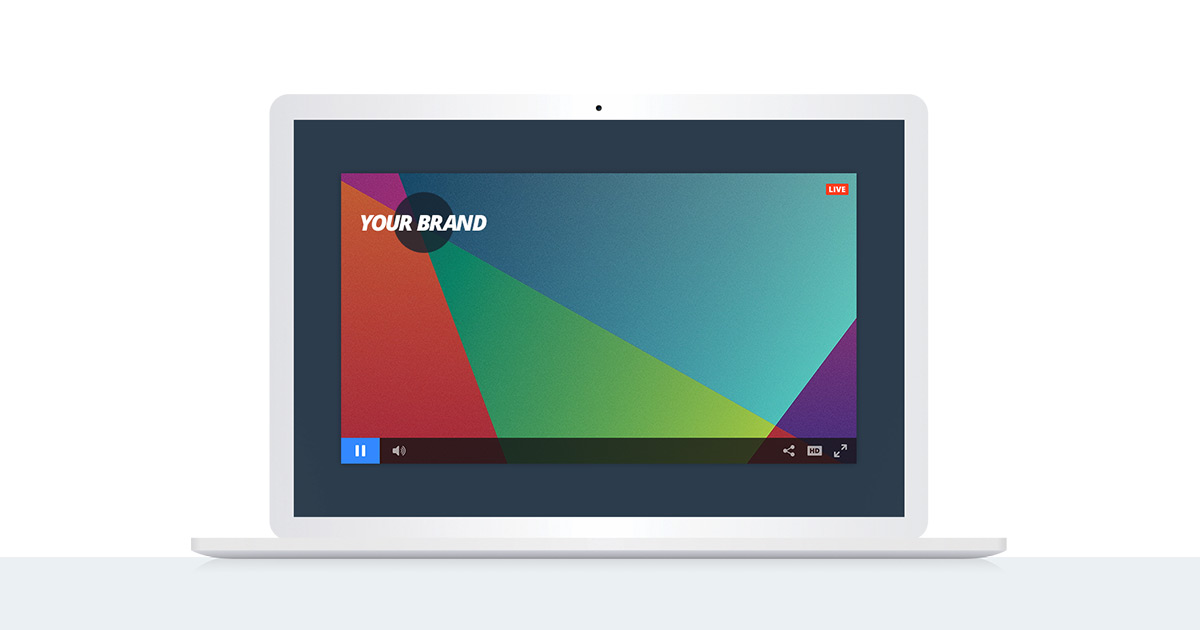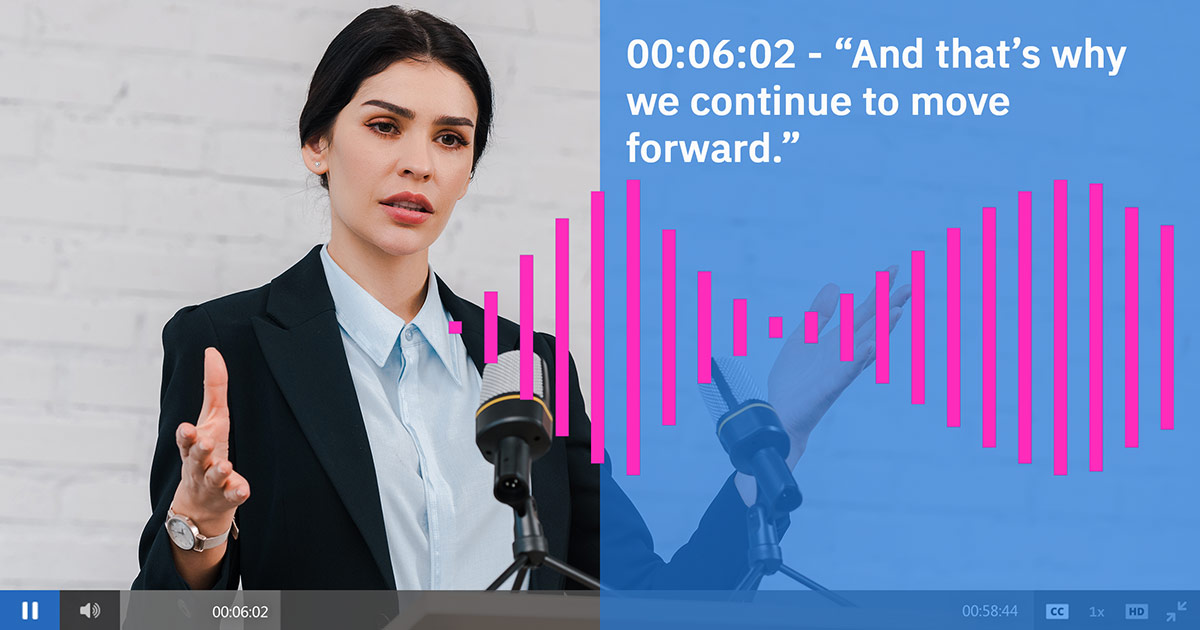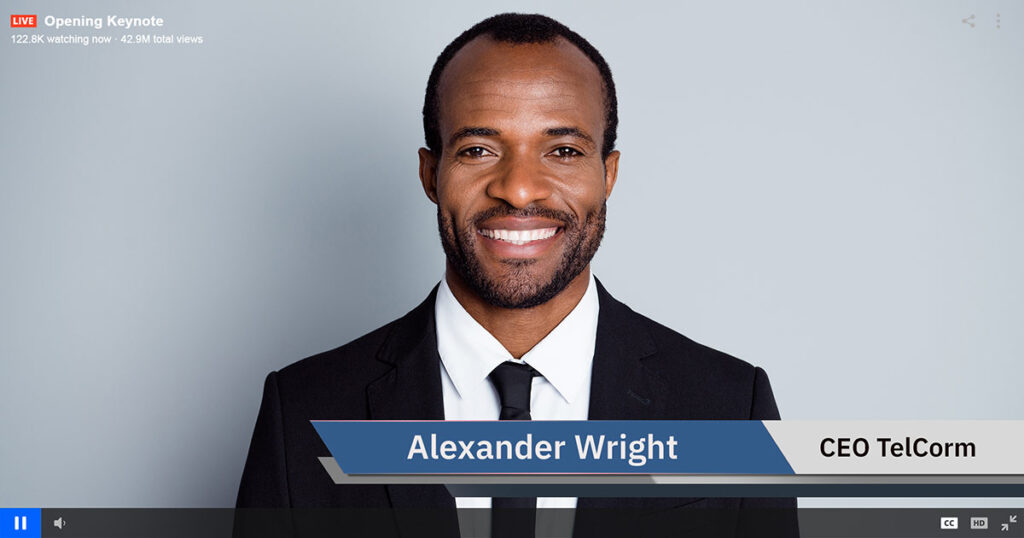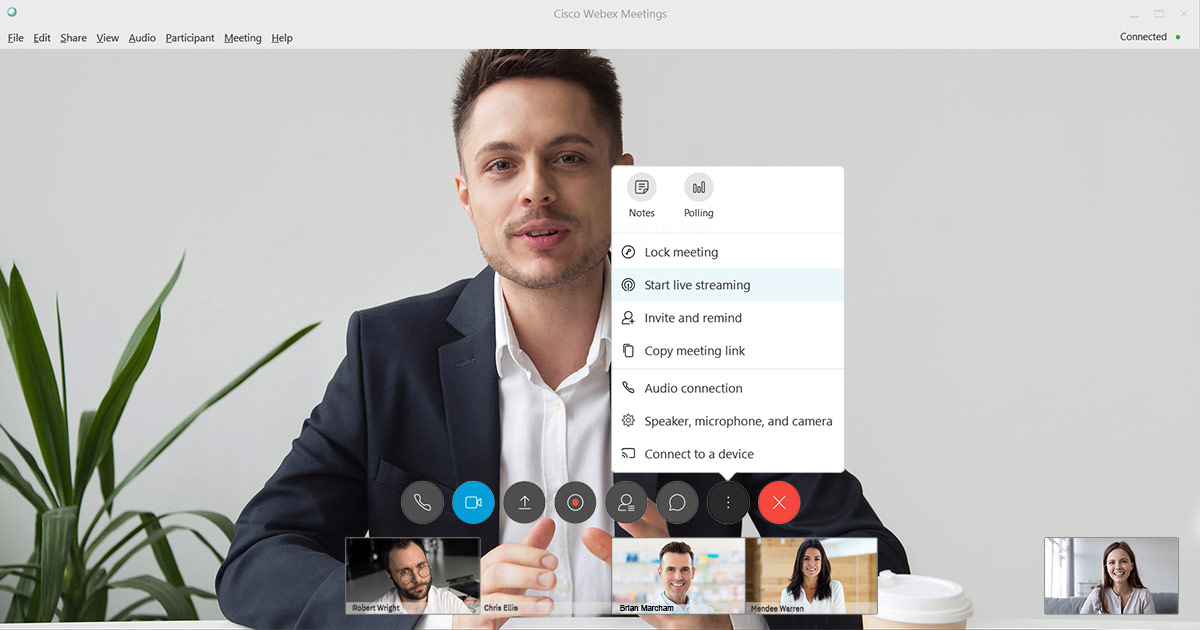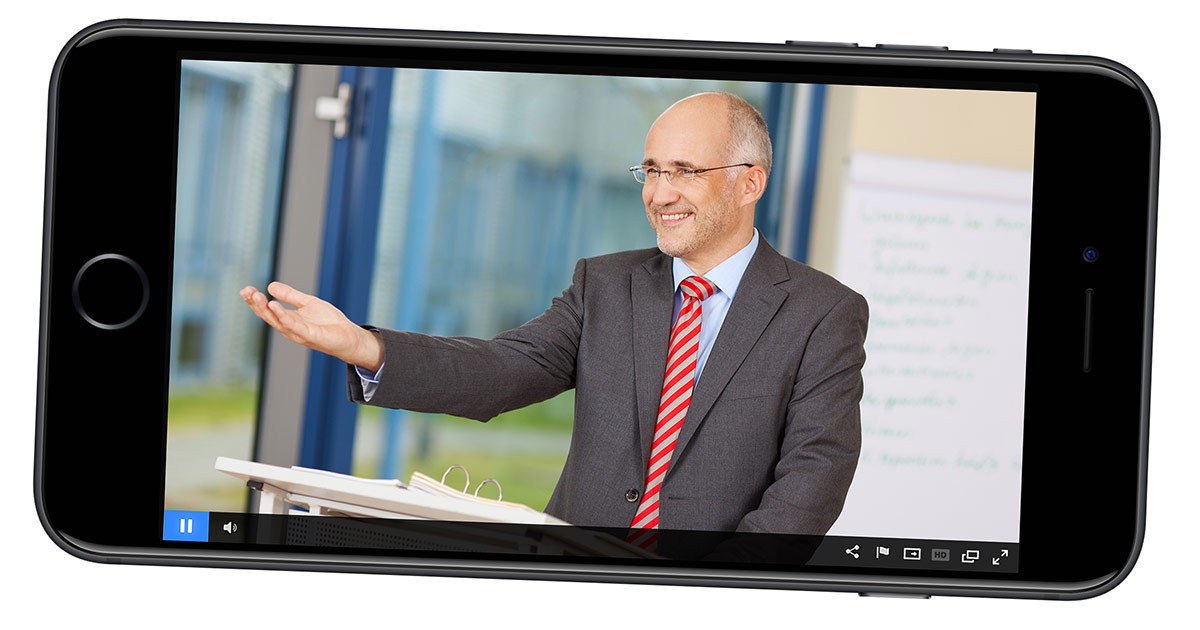
Video streaming and delivery is a resource intensive process. This is attributed to the various networks a video stream must pass through as well as the quality of the video, as higher bitrates and resolutions require more information related to that stream to be sent to the end viewer. As a result of this requirement, it’s not recommended to broadcast video using your own server. For companies, this can result in bottlenecks from the servers hosting or unnecessary costs to scale a server infrastructure.
One solution to avoid both, though, is through utilizing a CDN (content delivery network). This article talks about the basics of delivering content over the Internet before why it’s important to have a CDN when streaming video content.
- The delivery process
- Latency
- The streaming video process and the delivery hurdle
- The solution: content delivery networks (CDNs)
- What is a CDN?
- Going beyond a CDN
If you are already familiar with CDNs and would rather learn more about how IBM Watson Media offers a more robust solution for video streaming, read our live video scalability white paper.
